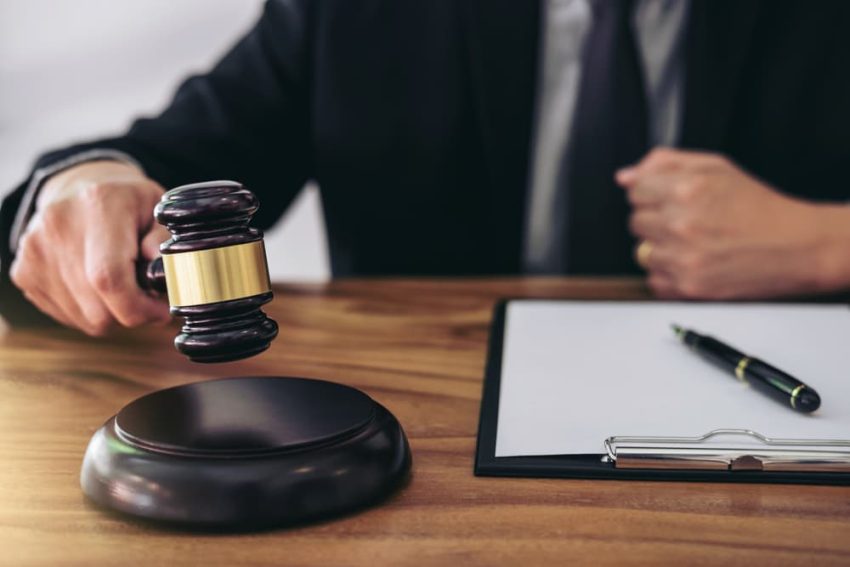Accidents happen, but when a slip and fall results in injury, understanding how to prove fault is crucial. This process, while sometimes daunting, can be made more manageable with the right guidance. One of the key steps involves gathering evidence, such as photos, witness statements, and medical records. These details will help build a strong case.
Consult a Rockford personal injury lawyer to ensure you have the right legal support. They can help navigate the complexities of personal injury law. Next, determine who is responsible. Was the property owner negligent? Did they fail to maintain safe conditions? Establishing these points is vital. Finally, evaluate the impact of the accident on your life, including medical expenses and lost income. Remember, proving fault in a slip and fall case requires patience and attention to detail. With a clear plan, you can confidently pursue the justice you deserve.
Understanding Duty of Care
Property owners have a duty to maintain safe environments. This means keeping pathways clear and promptly addressing hazards. To prove fault, show that the owner failed in this duty. Ask yourself:
● Was the hazard present long enough for the owner to notice?
● Did the owner have a process to check for potential dangers?
● Were warning signs used when necessary?
The answers to these questions will help establish negligence. According to the Centers for Disease Control and Prevention, falls are a leading cause of injury, making it crucial for property owners to uphold their duty of care.
Gathering Strong Evidence
Solid evidence strengthens your case. Consider these steps:
● Take clear photos of the accident scene and any visible injuries.
● Collect contact details from witnesses who saw the incident.
● Obtain a copy of the incident report if available.
● Keep detailed records of medical visits and treatments.
Documentation provides a timeline and supports your claims. Consistency in your records can make a significant difference in proving fault. The Legal Information Institute outlines the importance of evidence in personal injury cases.
Comparing Negligence and Liability
Understanding the difference between negligence and liability is key. Negligence is the failure to act with reasonable care. Liability, on the other hand, refers to the legal responsibility for the accident. The following table breaks down the differences:
| Aspect | Negligence | Liability |
| Definition | Failure to exercise reasonable care | Legal responsibility for harm |
| Focus | Actions or inactions of the property owner | Resulting harm from those actions |
| Proof Required | Owner did not act as a reasonable person would | Owner’s actions directly led to injury |
Medical and Financial Impact
After a slip and fall, assess how the incident has affected your life. Medical bills and loss of income are critical factors. Calculate the costs of treatments and any ongoing expenses. Consider the time lost from work and how it affects your earnings. These elements play a role in determining compensation.
Be thorough in documenting all expenses related to the injury. This will provide a clearer picture of the financial impact. Accurate records help solidify your case by showing the accident’s consequences.
Seeking Legal Assistance
Engaging a knowledgeable attorney can significantly improve your case’s outcome. An experienced Rockford personal injury lawyer understands local laws and procedures. They can help you navigate the legal landscape, negotiate with insurance companies, and represent you in court if necessary. Legal representation provides support and increases the likelihood of a favorable resolution.
Conclusion
Proving fault in a slip and fall case involves careful steps. By understanding the property owner’s duty of care, gathering robust evidence, and evaluating negligence and liability, you build a strong case. Consider the medical and financial impacts, and seek legal assistance to guide you. With these strategies, you can confidently work toward achieving justice and fair compensation for your injury. Remember, preparation and thoroughness are your best allies in this process.

